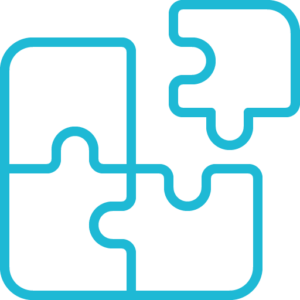RESOURCES
Privacy & terms
Quality Policy
Deionisation
Our advanced systems remove ionised impurities to deliver water of exceptional quality
The ultimate purity
Evolve Water’s deionisation systems set the standard for water purity. Our advanced DI technology is essential for high-quality water treatment, providing superior purification across multiple applications. We meticulously design our systems to remove ionised impurities, delivering water that meets the most stringent standards of purity and performance. Our range includes cutting-edge configurations supported by components from leading industry brands, ensuring that your water is pure and protects and enhances your infrastructure.
Why choose Evolve Water for deionisation?
TAILORED SOLUTIONS
Various system sizes and configurations to suit diverse applications and flow rates
HIGH PURITY
Produced water has extremely low conductivity to meet stringent site requirements
COST-EFFECTIVE
Our systems minimise waste and reduce operating costs over time
SEAMLESS INTEGRATION
Designed for seamless integration into existing water treatment systems
SMART CONTROL
Fully automatic, state-of-the-art smart monitoring and controls, with remote monitoring options
COMPREHENSIVE SUPPORT
Complete installation, service and maintenance solutions
How deionisation works
Deionisation applications
Power & utilities

Environmental
Electronics

Pharmaceutical

Healthcare
Laboratories

Manufacturing

Food & beverage
The Evolve edge
Quality water treatment equipment is critical to achieving efficient and effective water purification. Our portfolio of high-quality systems is specifically designed to accommodate the varied demands of commercial and industrial applications, guaranteeing reliable performance and superior water treatment outcomes.
Leveraging extensive technical expertise in the design and provision of water treatment and purification systems, Evolve Water has an in-depth understanding of the necessary design parameters and equipment selection to address all types of water qualities, as well as specific site needs and constraints. Our capability to expertly select and design appropriate systems ensures we deliver tailored solutions that align perfectly with each client’s equipment specifications and site conditions.



